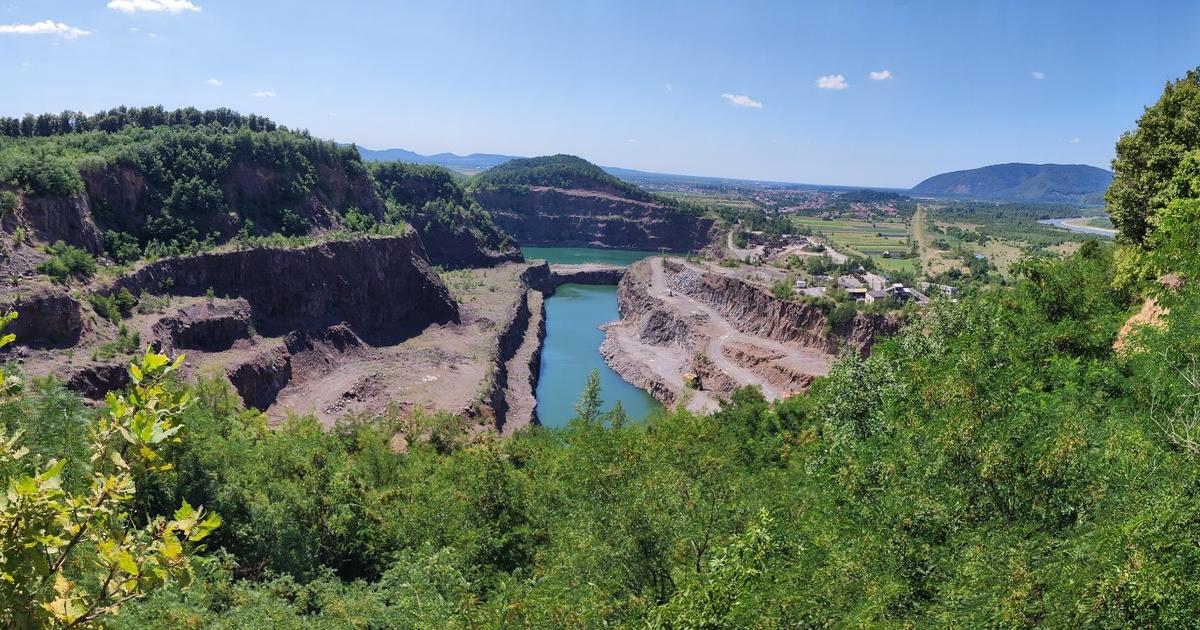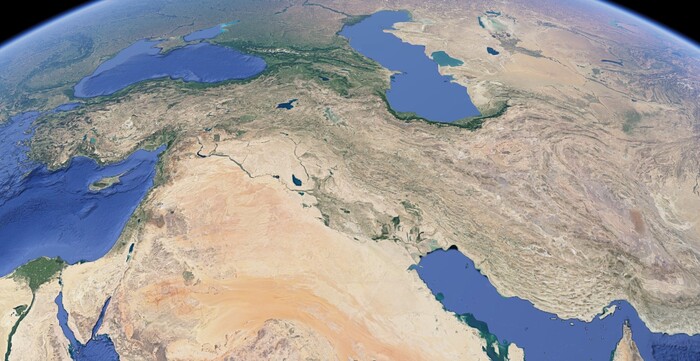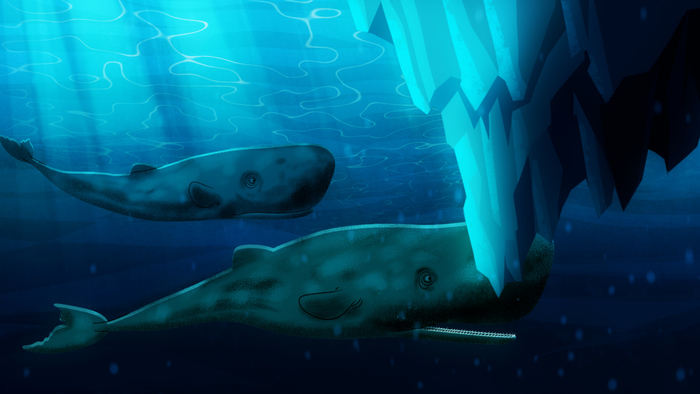Enlarge image
Skull from "Omo 1", discovered in Egypt
Photo: Mary Evans / INTERFOTO
One of the oldest Homo Sapiens fossils ever discovered is "Kibish Omo I", the remains of which were found in 1967 in Egypt.
So far, scientists had assumed an age of 195,000 years.
The find is probably around 38,000 years older than previously assumed - namely 233,000 years.
The remains of Omo I consisted only of bone and skull fragments, which were difficult to date.
Geologists analyzed the rock layer beneath the find in 2005 and came to the age of 195,000 years.
"But there was still a lot of uncertainty," says Celine Vidal, lead author of the study published in Nature.
The volcano expert at Cambridge University therefore examined the layer of ash that had deposited on the fossils.
Using new methods, her team linked this layer to a major eruption of a volcano called Shala.
According to this, the layer in which Omo I was found is around 233,000 years old.
There is, however, a margin of error of 22,000 years with the findings.
"That is a big leap in time," says paleoanthropologist Aurelien Mounier, commenting on the new findings.
He added that the new minimum age for Omo I. is more in line with recent theories about human evolution.
"The only fossil with features of modern man"
The age of the Omo finds is now approaching that of the oldest known remains of a Homo Sapiens, which were discovered in Morocco in 2017 and dated 300,000 years ago.
The find from Morocco seems to refute the long-accepted theory that the "cradle of mankind" is to be found in East Africa.
The paleoanthropologist Mounier, however, considers the Morocco find to be less convincing: the fossils indicate a modern face and a large brain housing, which, however, has a rather archaic shape.
"Omo I. is the only fossil that has all the morphological features of modern humans," says Mounier.
Omo I.
was discovered in 1967 by Richard Leakey.
Together with his team, the anthropologist found the remains of two skulls and parts of the associated skeletons near Kibish in Ethiopia.
At that time, the fossils had been dated to an age of 130,000 years based on the decay of uranium and thorium.
To do this, the researchers analyzed mussel shells from a layer of rock in the immediate vicinity of the skull.
Tools are only 50,000 years old
The geologist Ian McDougall of the Australian National University in Canberra and his colleagues examined layers of volcanic ash above and below the sediments in which the two skulls were embedded decades later. They determined the age of the rock layers using a dating technique that uses the radioactive decay of the elements potassium and argon. Scientists dated a layer of volcanic ash 50 meters above the skull to be 104,000 years old. The layer just three meters below the site is around 196,000 years old.
Dating the emergence of Homo sapiens more than 200,000 years ago widens the temporal gap between the first anatomically modern humans and the first clear signs of cultural development.
Finds such as tools, needles, bone carvings or paintings did not appear until around 50,000 years ago.
According to this, modern Homo sapiens would have lived more than 150,000 years without these cultural achievements.
So there was a huge gap between the appearance of the modern skeleton and modern behavior, the researchers explained at the time.
fww / AFP







/cloudfront-eu-central-1.images.arcpublishing.com/prisa/4RITWNCKAZFB3I3MBXYYKH6YDI.jpg)

